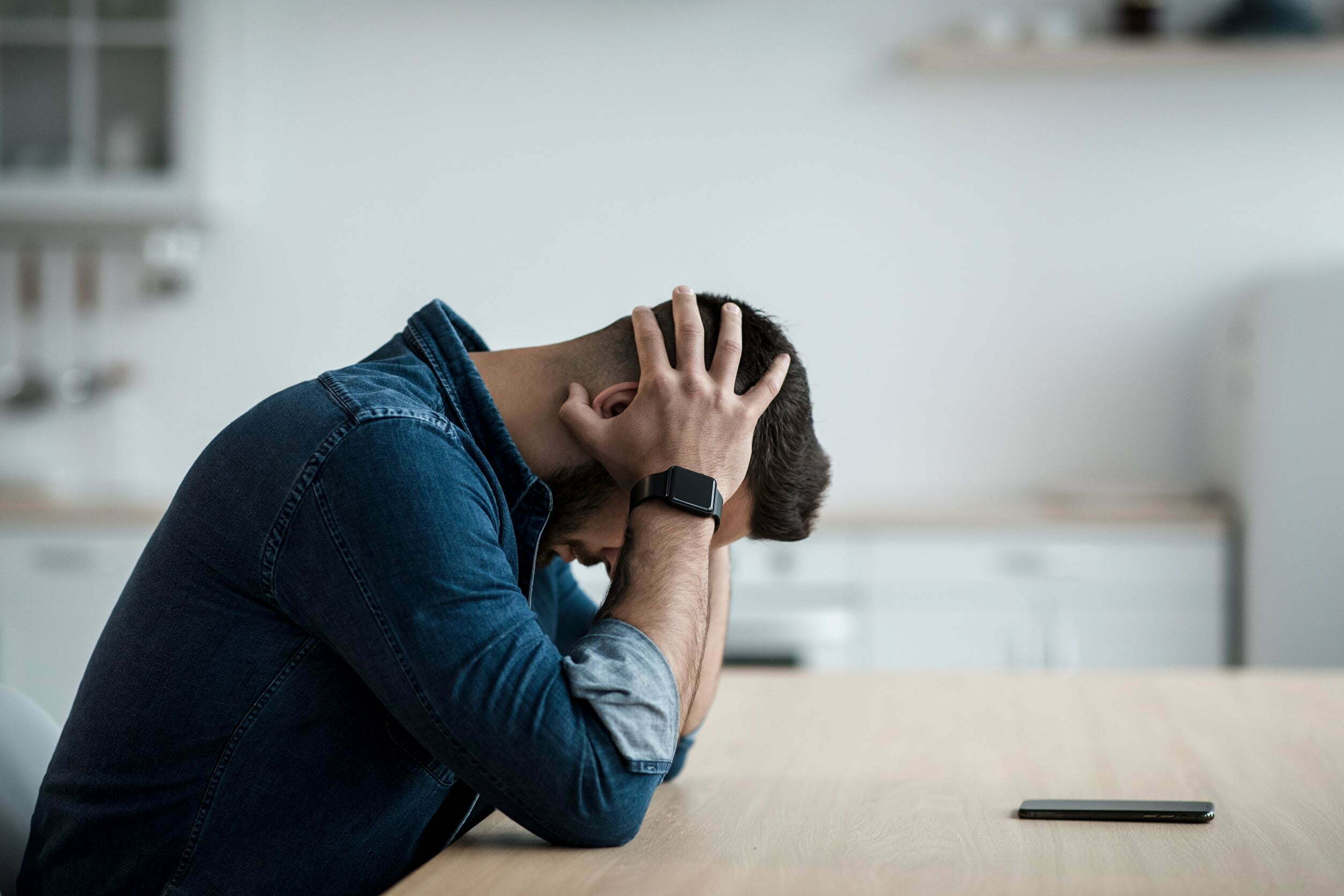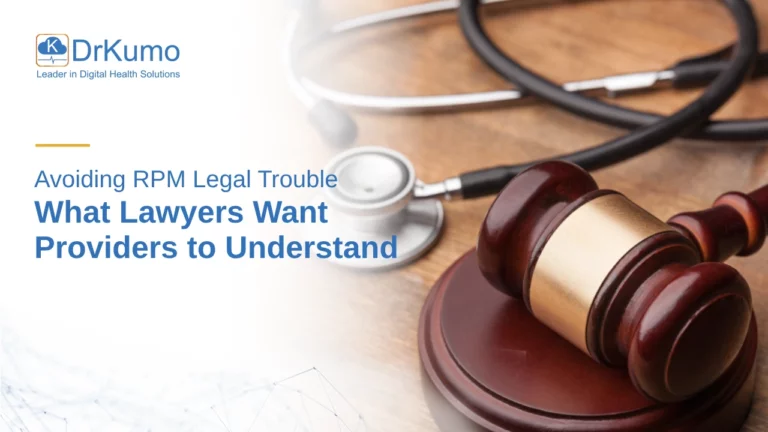The WHO stated that depression is the leading cause of disability worldwide and the demand for curbing depression and other mental health conditions is on the rise globally. It has significance because of the global burden of disease it causes and the large amount of people it affects in all communities across the world. Recently, depression is estimated to affect 350 million people. In a survey conducted in 17 countries by the World Mental Health Organization, it was found that about 1 in 20 people reported having an episode of depression in the previous year. Depressive disorders mostly start at a young age; they reduce people’s functioning and are often recurring.[1] Learn how remote patient monitoring can help with mental health conditions such as depression in our Remote Patient Monitoring for Patients with Mental Health Conditions article.
Depression is often described as a common but serious mood disorder that leaves one feeling sad, miserable, or down in the dumps. It causes severe symptoms that affect how you feel, think, and handle daily activities such as sleeping, eating, or working. Let’s learn more about the common FAQs about depression:
1. What is depression?
Depression is a common mental disorder that causes depressed mood, loss of interest or pleasure, decreased energy, feelings of guilt or low self-worth, disturbed sleep or appetite, and poor concentration. In addition to that, depression often comes with symptoms of anxiety. These problems can become chronic or recurrent and lead to substantial impairments in an individual’s ability to take care of his or her everyday responsibilities. It can lead to the worst problems, even suicide. Almost 1 million lives are lost yearly due to suicide, which translates to 3000 suicide deaths every day. For every person who commits suicide, 20 or more have attempted to end their lives (WHO, 2012).
2. How common is depression?
At any given time, about 4% of the population has what we call major depressive disorder, the most severe kind of depression. Less severe depressions are probably more common. It is important to note that everyone gets in a low mood at times, but most pull out of this within a couple of days.
Major depression is a clinical syndrome that affects about 6.7% of the U.S. population over age 18, according to the National Institute of Mental Health. Some estimate that major depression may be as high as 15%. Everybody, at one point or another, will feel sadness as a normal reaction to loss, grief, or injured self-esteem, but clinical depression, also called “major depressive disorder” or “major depression” by doctors, is a serious medical illness that needs professional diagnosis and treatment.
3. What are the major symptoms of depression?
Symptoms of more severe depression include depressed mood, appetite, or sleep changes. Decreased motivation to do things and decreased enjoyment of things that are usually enjoyable are also very common.
Anxiety and depression seem to hit at the same time, so many people notice an increase in worries and feel like they can’t stop thinking about things that are causing problems. Others might notice that the depressed individual is very negative about almost everything, even things that most people would see as positive.
A person is diagnosed with major depression when he or she experiences at least five of the symptoms listed below for two consecutive weeks. One of the five symptoms, at least, must be either (1) depressed mood or (2) loss of interest or pleasure. Symptoms include depressed mood most of the day, diminished interest or pleasure in activities most of the day, changes in appetite that result in weight loss or gains unrelated to dieting, changes in sleeping patterns, loss of energy or increased fatigue, and restlessness or irritability.
4. How is depression diagnosed and treated?
The first step to being diagnosed or treated is to visit a doctor for a medical evaluation. Certain medications and some medical conditions such as thyroid disorder, can cause similar symptoms to depression. A doctor can rule out these possibilities by conducting a physical examination, an interview, and running some lab tests. If the doctor rules out a medical condition as a possible cause, he or she can start treatment or send the patient to a mental health professional.
Once diagnosed, a person with depression can be treated by several methods. The mainstays of treatment for depression are psychotherapy and any of a number of antidepressant medications, which can also be used in combination. A non-clinical approach can utilize the benefits of meditation which is discussed in our article 8 Benefits of Meditation to Mental Health and Well-Being.
5. Why is depression more prevalent in women than in men?
According to a study, depression is twice as common among women as among men. In their lifetime, approximately 20% of women will experience at least one episode of depression. Scientists have looked at many potential causes and contributing factors to women’s increased risk for depression. Biological, life cycle, hormonal, and psychosocial factors unique to women may be connected to women’s higher depression rates. Researchers have shown, for example, that hormones affect brain chemistry, impacting emotions and mood.
Before adolescence, girls and boys experience depression at about the same frequency. By adolescence, however, girls become more likely to experience depression than boys. Research points to several possible reasons for this imbalance. The biological and hormonal changes that occur during puberty likely contribute to the sharp increase in rates of depression among adolescent girls. In addition, research has suggested that girls are more likely than boys to continue feeling bad after experiencing difficult situations or events, suggesting they are more prone to depression. Learn how women can improve there mental health by reading out 8 Mental Health Tips for Women article.
Takeaway
Depression occurs commonly, causing suffering, functional impairment, increased risk of suicide, added health care costs, and productivity losses. Effective treatments are available both when depression occurs alone and when it co-occurs with general medical illnesses.
Many have struggled with depression. The CDC estimates 23 million Americans struggled at any given time but a solution for depression is at hand. Treatments are available to improve the health and the lives of millions of people around the world suffering from depression. It is indeed time to educate ourselves about facts and information on depression and support those who are suffering from this mental disorder.
References:
- Depression: A Global Public Health Concern. https://www.who.int/mental_health/management/depression/who_paper_depression_wfmh_2012.pdf
- Frequently Asked Questions About Depression | Brain & Behavior Research Foundation. (2016, December 27). Brain & Behavior Research Foundation. https://www.bbrfoundation.org/faq/frequently-asked-questions-about-depression.
- Questions And Answers About Depression. (2020, September 12). WebMD. https://www.webmd.com/depression/questions-and-answers-about-depression.
- Ask the Expert: Common Questions About Depression. (2020, July 21). MSUToday | Michigan State University. https://msutoday.msu.edu/news/2020/ask-the-expert-common-questions-about-depression.
- LCSW, N. A., & MD, A. Y. (2021, August 19). Major Depressive Disorder Symptoms And Treatment. com. https://www.everydayhealth.com/depression/major-depressive-disorder/.
- (2021, September 13). Depression. https://www.who.int/news-room/fact-sheets/detail/depression.








